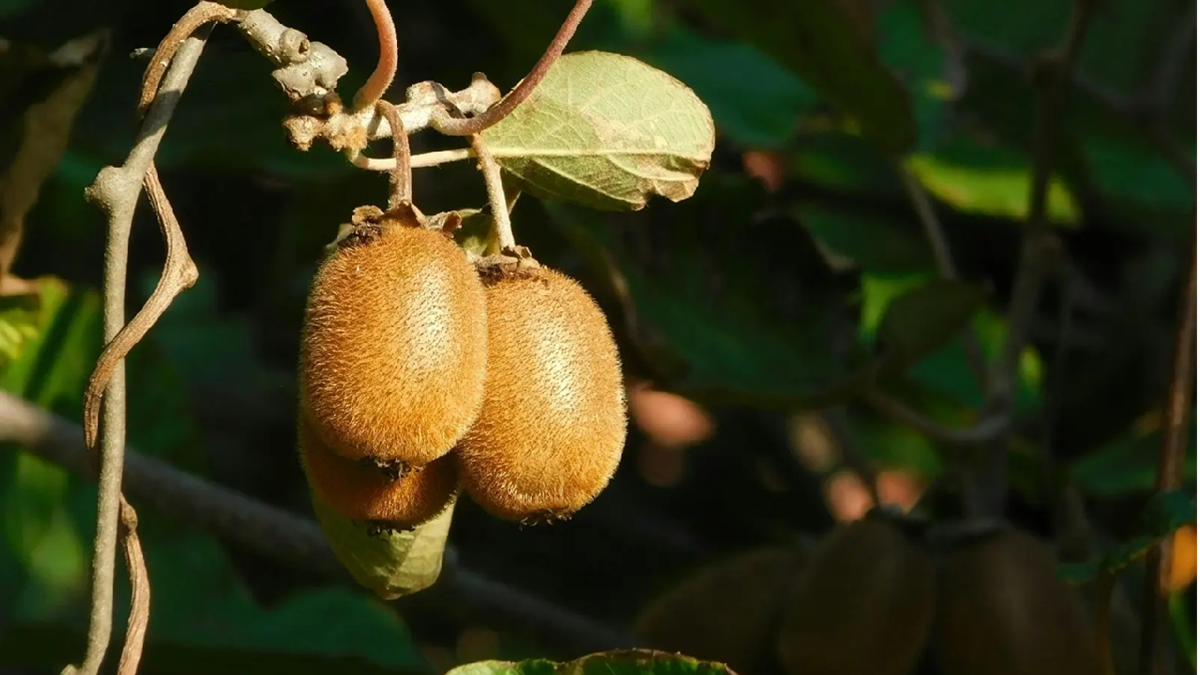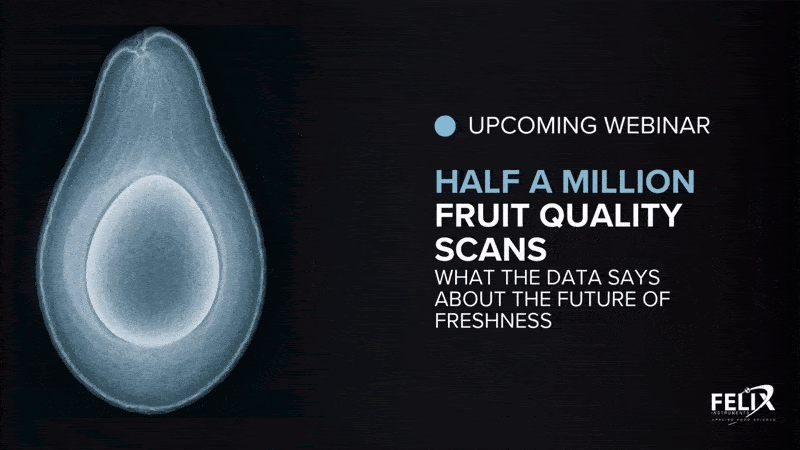Measurements
Improving moisture and soluble solids content prediction in pear fruit using near-infrared spectroscopy with variable selection and model updating approach
Scientists decided to update the calibration models and variable selection, used to analyze near-infrared spectroscopy data, collected to estimate moisture content (MC) and soluble sugar content (SSC), in pears. Incorporating ten new samples into the existing data set was enough to successfully recalibrate the model. Of the two methods that scientists used to select variables, interval partial least-squares regression outperformed the covariate selection approach. The new variables reduced bias for MC prediction from 1.31% to 0.19%, and for SSC prediction from 0.62% to 0.07%. Thus, the new model produced by the interaction of new variables and fresh data set, optimized the non-destructive
09 March, 2021
Scientists decided to update the calibration models and variable selection, used to analyze near-infrared spectroscopy data, collected to estimate moisture content (MC) and soluble sugar content (SSC), in pears. Incorporating ten new samples into the existing data set was enough to successfully recalibrate the model. Of the two methods that scientists used to select variables, interval partial least-squares regression outperformed the covariate selection approach. The new variables reduced bias for MC prediction from 1.31% to 0.19%, and for SSC prediction from 0.62% to 0.07%. Thus, the new model produced by the interaction of new variables and fresh data set, optimized the non-destructive estimation, of MC and SSC in fresh pears.












